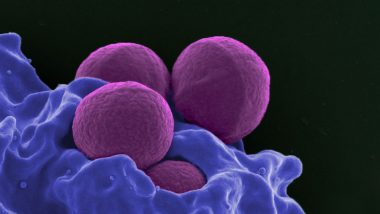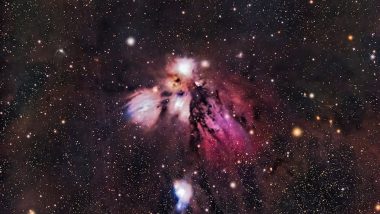A common assumption that all multicellular organisms must be breathing oxygen has now been proven wrong as researchers have accidentally discovered the first non-oxygen breathing animal. The tiny, less than 10-celled parasite Henneguya Salminicola lives in salmon muscle, according to a study Proceedings of the National Academy of Sciences. As it evolved, the animal, which is a myxozoan relative of jellyfish and corals, gave up breathing and consuming oxygen to produce energy. "Aerobic respiration was thought to be ubiquitous in animals, but now we confirmed that this is not the case," said Dorothee Huchon, Professor at Tel Aviv University in Israel. "Our discovery shows that evolution can go in strange directions. Aerobic respiration is a major source of energy, and yet we found an animal that gave up this critical pathway," Huchon added. Want to Name a Frog, Mouse, Worm Along With 12 Other New Species of Plants and Animals After You? Just Bid For It!
Some other organisms like fungi, amoebas or ciliate lineages in anaerobic environments have lost the ability to breathe over time. The new study demonstrated that the same can happen to an animal -- possibly because the parasite happens to live in an anaerobic environment. The parasite's anaerobic nature was an accidental discovery. While assembling the Henneguya genome, Huchon found that it did not include a mitochondrial genome. The mitochondria is the powerhouse of the cell where oxygen is captured to make energy, so its absence indicated that the animal was not breathing oxygen.
Until the new discovery, there was a debate regarding the possibility that organisms belonging to the animal kingdom could survive in anaerobic environments. The assumption that all animals are breathing oxygen was based, among other things, on the fact that animals are multicellular, highly developed organisms, which first appeared on Earth when oxygen levels rose. "It's not yet clear to us how the parasite generates energy," Huchon said. "It may be drawing it from the surrounding fish cells, or it may have a different type of respiration such as oxygen-free breathing, which typically characterizes anaerobic non-animal organisms," Huchon said. The discovery bears enormous significance for evolutionary research, Huchon said.
(The above story first appeared on LatestLY on Feb 29, 2020 07:00 PM IST. For more news and updates on politics, world, sports, entertainment and lifestyle, log on to our website latestly.com).














 Quickly
Quickly



















